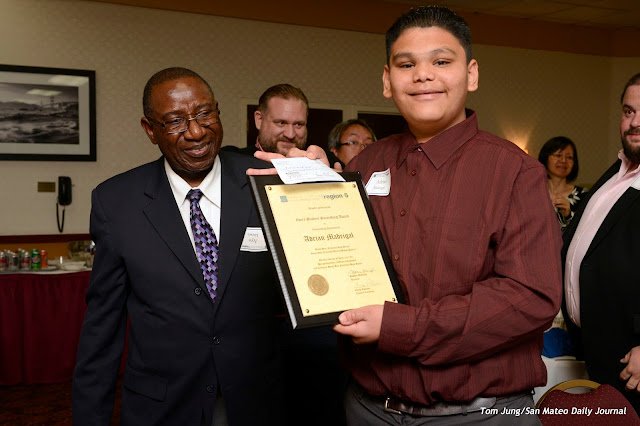 |
| Photo #1: 1/125, F 6.3, ISO 800, Cloudy White Balance |
For this shot (Photo #1), I simply aimed the speedlight at the ceiling behind me. The light must now travel twice as far as it would if the speedlight was pointing directly at my subjects. This brings the relative distances between my subjects and the background spectators closer to each other, lessening the effects of light falloff. Trust me.
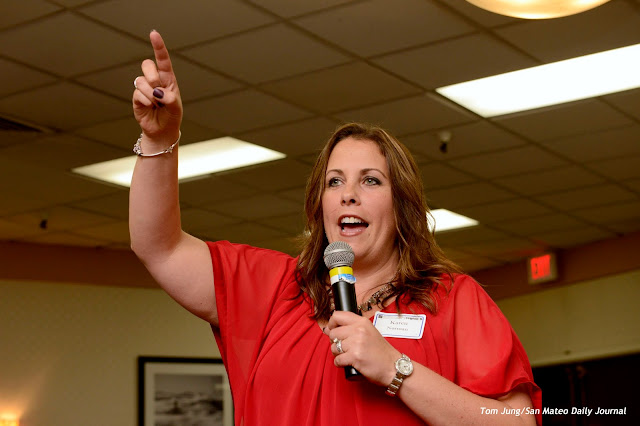 |
| Photo #2: 1/125, F 6.3, ISO 1600, Cloudy White Balance |
Color Contamination: Here's something I don't often see: Color Contamination from the subject's clothing. You can see traces of red on my subject's arms and neck, most likely from her blouse. I don't think anything could be done to prevent his.
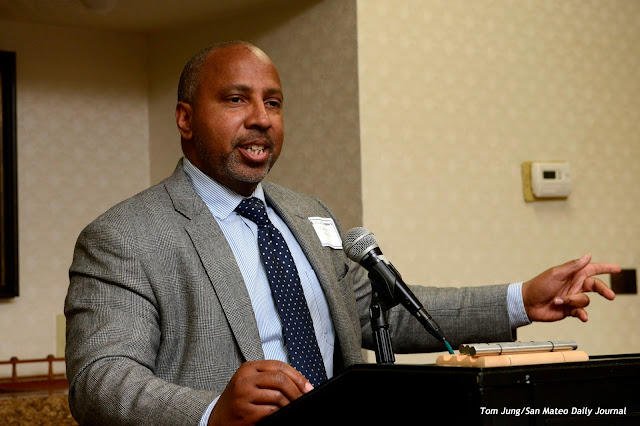 |
| Photo #3: 1/125, F 6.3, ISO 1600, Cloudy White Balance |
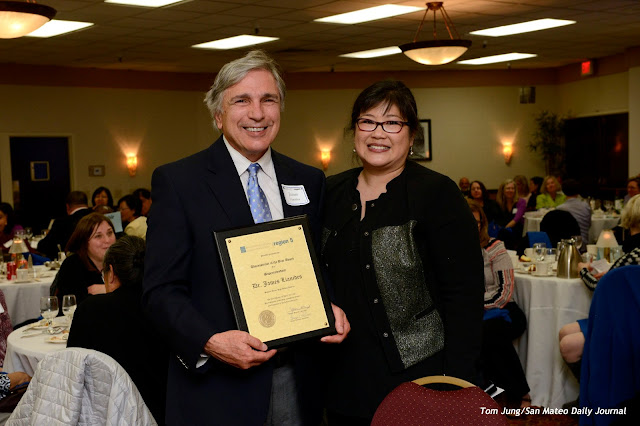 |
| Photo #4: 1/125, F 6.3, ISO 1600, Cloudy White Balance |
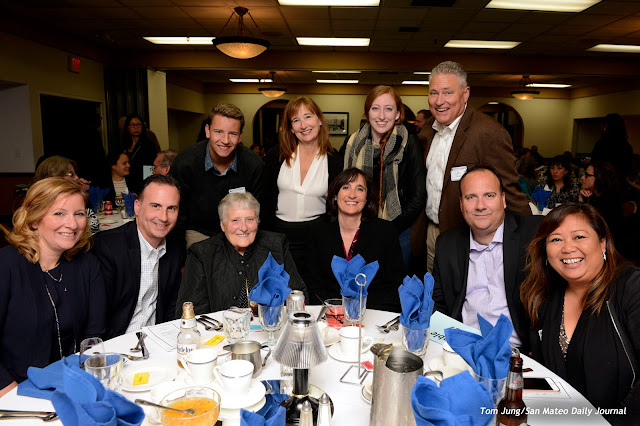 |
| Photo #5: 1/125, F 6.3, ISO 1600, Cloudy White Balance |
 Hail Mary! Shooting blindly over one's head has been called the "Hail Mary" shot, since photographers resort to this technique only only in times of desperation (sidebar photo). Accompanied by a continuous burst from a motor driven camera, it was the last ditch "spray and pray" attempt to get at least one usable image. It's not a pretty picture.
Hail Mary! Shooting blindly over one's head has been called the "Hail Mary" shot, since photographers resort to this technique only only in times of desperation (sidebar photo). Accompanied by a continuous burst from a motor driven camera, it was the last ditch "spray and pray" attempt to get at least one usable image. It's not a pretty picture.However, with the advent of Live View, one could actually get a pretty good idea of what was being included (or excluded) from the image frame when doing the HM. If your camera's LCD panel can tilt downward, there would be no reason why your composition couldn't be as tight and level as you would normally achieve from eye level. Very little cropping was required for this shot (Photo #5).
Hail Mary has some advantages. It forces your subject/s to pay attention to what's going on, since the camera is in an unexpected place. The upward tilt of the head lessens any extra chins hanging about.
Working Too Close To Your Subject: Occasionally there will be a problem with ceiling bounce. Here, the flash head was too perpendicular, resulting in a sort of light one might find from a skylight. Notice how my left subject's head is fairly level, the middle subject tilted downward, and the right hand subject tilt up. There wasn't quite enough light to properly light the middle subject, but I think the shot is somewhat saved by his almost impish grin.
The Take Away:
- The Black Foamie Thing is not a light modifier in the truest sense. It's a light re-director, giving you the ability to control where your light is, and where it isn't.
- It works outdoors if you happen to be standing in front of a suitable bounce surface. Without a suitable bounce surface, it's useless.
- It can give you a fighting chance at some decent ceiling bounce shots from across a room, so long as the BFT prevents the bounced light from showing up in your frame, where it could affect the TTL exposure.
Normally events like this are centered around the podium. When it does, it gives the photographer a chance to "settle in", adjust exposures, and get the lighting just right. Unfortunately for me, this event featured a roving Master of Ceremonies who would go to the honorees rather than have them come to the podium. I know one of the honorees was having back problems, and by bringing the show directly to her table, it saved at least one person from having to struggle through the crowded banquet hall. It made for a true "run and gun" situation, resulting in some grabbed shots and some exposures that weren't perfectly dialed in.
